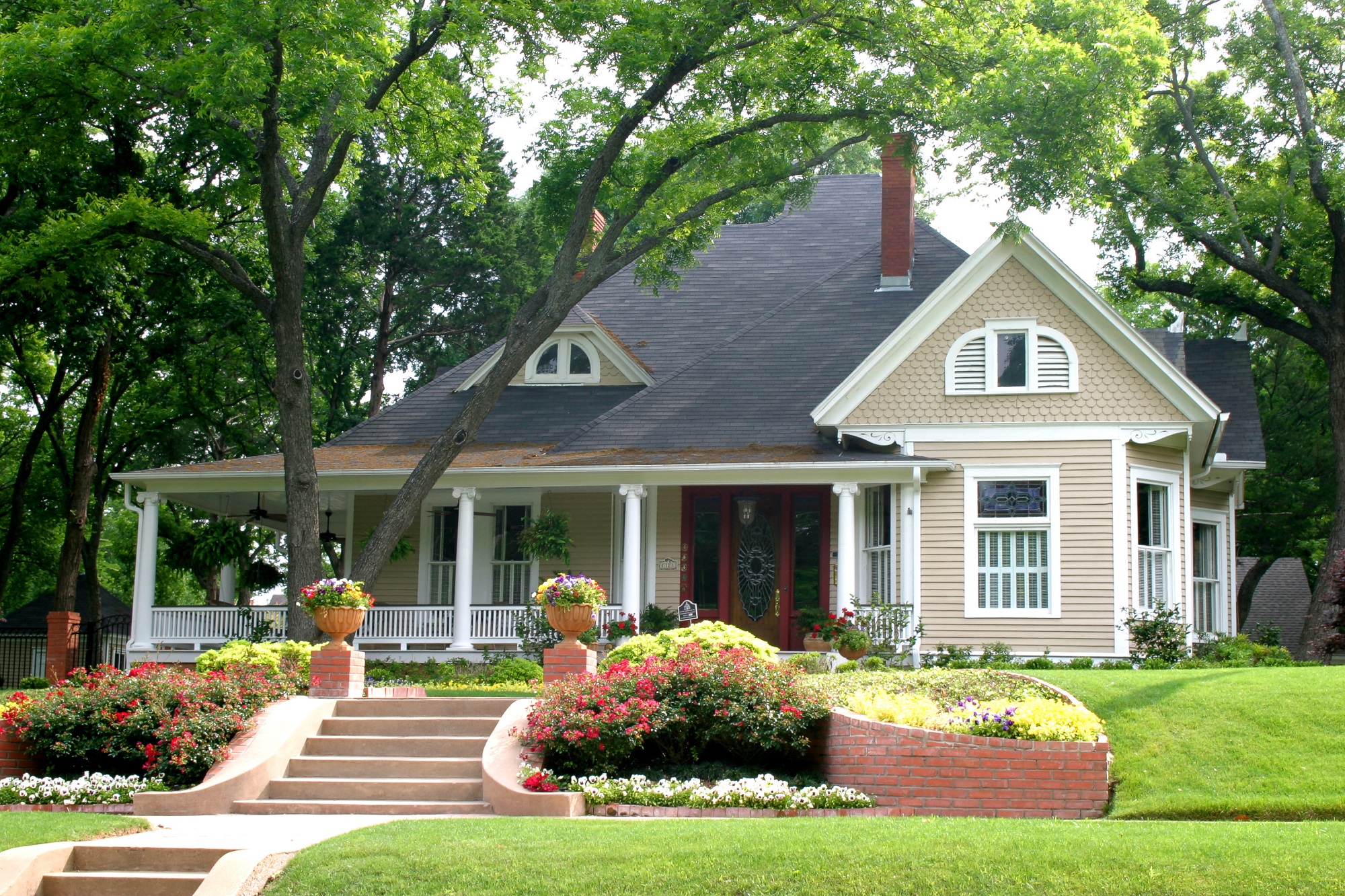Prescott Area Wedding Venues

If you are looking for wedding venues in the Prescott area, then you are in luck, Prescott is packed with breathtaking options. Also, congratulations! Plus, with Prescott’s four distinct seasons, each month has its own beauty to offer.
Below is a list of venues in the Prescott Area that may be calling your name!
Location: 2515 N Road 1 East, Chino Valley, AZ 86323
This gorgeous venue is in Chino Valley, Arizona. In 2016, this family owned and operated vineyard was named one of the Best Wedding Venues in Arizona. The scenery is breathtaking, with granite peaks and rolling prairies surrounding the vineyard. The Granite Creek Vineyards lush grounds and mature trees are perfect for Spring, Summer, and Fall weddings!
Location: 1460 West Road 4 North, Chino Valley, Arizona 86323
This venue is also located in Chino Valley, Arizona. This place is AMAZING! (I know amazing can be an over-used word, but it really is a one-of-a-kind venue!) The venue is located on a private lake and surrounded by greenery and gardens. There is a detached guest Suite for overnight stays, a 10,000 square foot patio, and a large grand fireplace.
Location: 1030 Prescott Country Club Blvd, Dewey, AZ 86327
The Prescott Club at Stoneridge is located in the Prescott Valley Bradshaw Mountain foothills. The venue offers an indoor banquet hall, an outdoor covered patio, and a vast golf course lawn. Prescott Club offers full service catering with customizable menus.
Location: 6520 E 1st St, Prescott Valley, AZ 86314
The Event Spot is located in Prescott Valley, and holds up to 391 people. The facility offers a 3,000 sq. ft. main room, bridal suit/ breakout room, patios, and large catering kitchen. Located centrally in the Quad City area, it provides a great visible location and plenty of parking.
Location: 1280 E Rosser Street Suite B, Prescott, AZ 86301
The Adult Center of Prescott offers a 4,000 sq. ft auditorium with the best ‘floating’ dance floor in northern Arizona! Banquet Style with dance floor space accommodates 280 people, while theater style can accommodate 400+ people.
The space also features a disco ball, theater lighting, a sophisticated audio/visual system, and a 16-foot retractable screen. Outside catering is welcomed, and there is a small prep kitchen provided. Included is round tables, banquet tables, padded chairs, room setup, and cleanup is included!
Location: 12907 East, AZ-169, Dewey, AZ 86327
Located in Dewey-Humboldt offers three different wedding packages: The Barn, The Farm Park, and The Fields. Gorgeous lush fields and picturesque trees provide a breathtaking background for your big day!
- The Barn venue package offers an indoor/outdoor space, with a rustic outdoor feel.
- The Farm Park venue package is filled with tons of games, rides, and activities!
- The Field venue package provides a stunning surround with a circle of beautiful 60 year old trees.
Other Venues in the Prescott Area:
- Arizona Downs – Prescott Valley
- Cherry Creek Ranch – Dewey-Humboldt
- Elk’s Performing Arts Center – Prescott
- Forest Villas Hotel – Prescott
- Highlands Center for Natural History – Prescott
- Hassayampa Inn – Prescott
We hope this helps plan your special day.
Information is provided by Better Homes and Gardens BloomTree Realty. If you are interested in Arizona Real Estate in Prescott, Sedona, Phoenix, or Verde Valley, we would love to help you find your home! Contact us today!
Things To Do With Kids in Prescott

Recently a friend from out-of-town came to visit their grandchild in the Prescott area. As with all vacations, it is a goal to find the perfect activities to make a memorable visit. Unfortunately, our friends were stumped on what to do with kids in Prescott! When visiting from a larger city, the Prescott quad city area can appear to offer little entertainment opportunities. However, you will be pleased to know that there are an abundant of options to do with your family and kids (or grandkids!) in Prescott. To give you a little help, we have put a list together that can help you plan your visit.
Gripstone: Prescott, AZ
Gripstone Prescott Arizona offers rock climbing, bouldering, yoga, a cafe, and a pro-shop. No previous climbing experience is necessary, and after a quick 30-minute video and hands-on tutorial, you will be ready to climb. Climbers under 14 years old are required to be accompanied by a participating adult over 18 years old. Children under 14 are welcome, harnesses are available for very small children. They have even had 2-year-old climbers!
Pricing starts $16 for adults, and the pass lasts all day. You can leave for lunch and come back later for more climbing. It’s a full body workout, it’s fun, and it’s great for all ages!
Jarz of Clay: Prescott, AZ
Jarz of Clay is located at the Prescott Gateway Mall Outside in the village shops. At Jarz of Clay, you pick a pottery piece from hundreds of different options. You then paint your piece, and then the pieces will be glazed and fired. Within 4-5 days, you then can pick up your glazed pottery piece!
The studio fee is included in the price of each item. Included in the studio fee is paints, tools, and the glazing/firing. Pottery pieces are not the only option, canvas and wood paintings are also available. This is perfect for all ages, I’ve been multiple times with both my mom and young cousins and enjoy it every time!
Heritage Park Zoo: Prescott, AZ
Visit Prescott’s local zoo! Heritage Park Zoo is located on 10 acres and overlooks Willow Lake. While I’m personally not a spiders or snake (insert *full body chill*), the Heritage Park Zoological Sanctuary offers the Tarantula Grotto and Reptile House. The Tarantula Grotto is one of the largest public displays of spiders in the country. Along with this, the Reptile House houses gila monsters, iguanas, geckos, and even a 13-foot Burmese python.
The Heritage Park Zoo loves saving animals and giving them a home. Housed at the zoo is an American Black Bear that was orphaned, a gray fox that was found alone and half drowned, and a mountain lion that was illegally kept as a pet in Arizona. Along with this, the zoo participates in the American Zoo and Aquarium Association’s Species Survival Plan by saving endangered species such as the Mexican Gray Wolf.
Heritage Park Zoo hosts special events throughout the year, including: Zoofest, Eggstravaganza, Boo at the Zoo, moonlight events and Zoo Camp for kids. The zoo is open every day of the year. You can view admission prices here.
Heritage Park Zoo Event Calendar
While that is only a few options, I hope that this may give you a jump-start on what activities are available for entertainment in the Prescott Area! Below is an additional few items that may interest you:
- Sharlot Hall Museum, Prescott, AZ
- Mortimer Farms, Dewey-Humboldt, AZ
- In the Game Freedom Station, Prescott Valley, AZ
Information is provided by Better Homes and Gardens BloomTree Realty. If you are interested in Arizona Real Estate in Prescott, Sedona, Phoenix, or Verde Valley, we would love to help you find your home! Contact us today!


 Facebook
Facebook
 X
X
 Pinterest
Pinterest
 Copy Link
Copy Link


